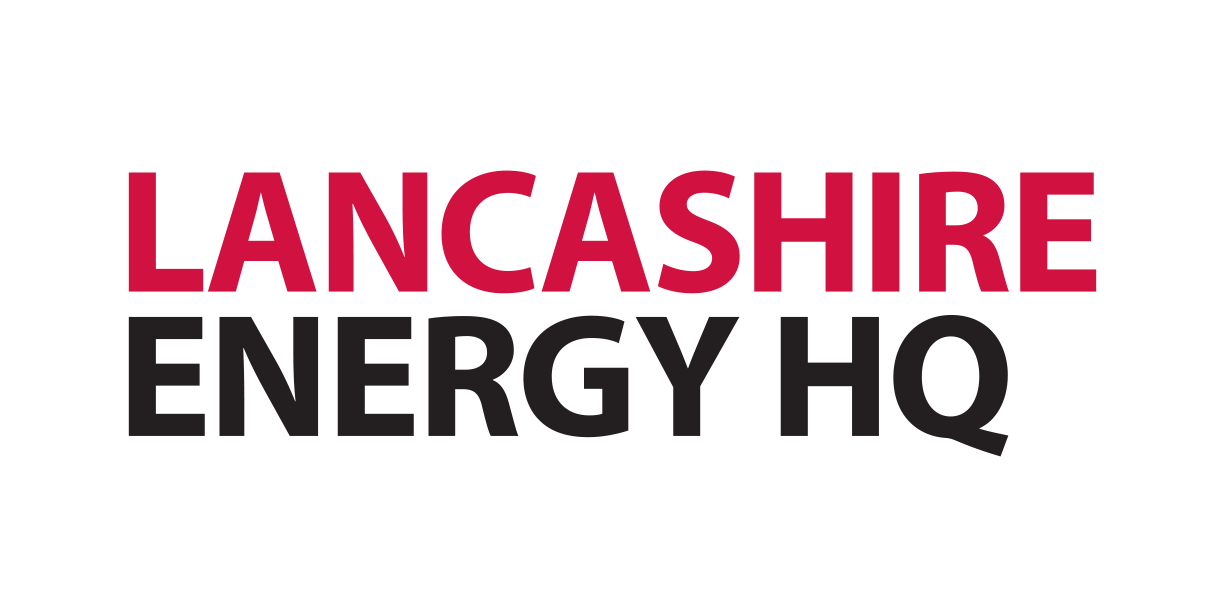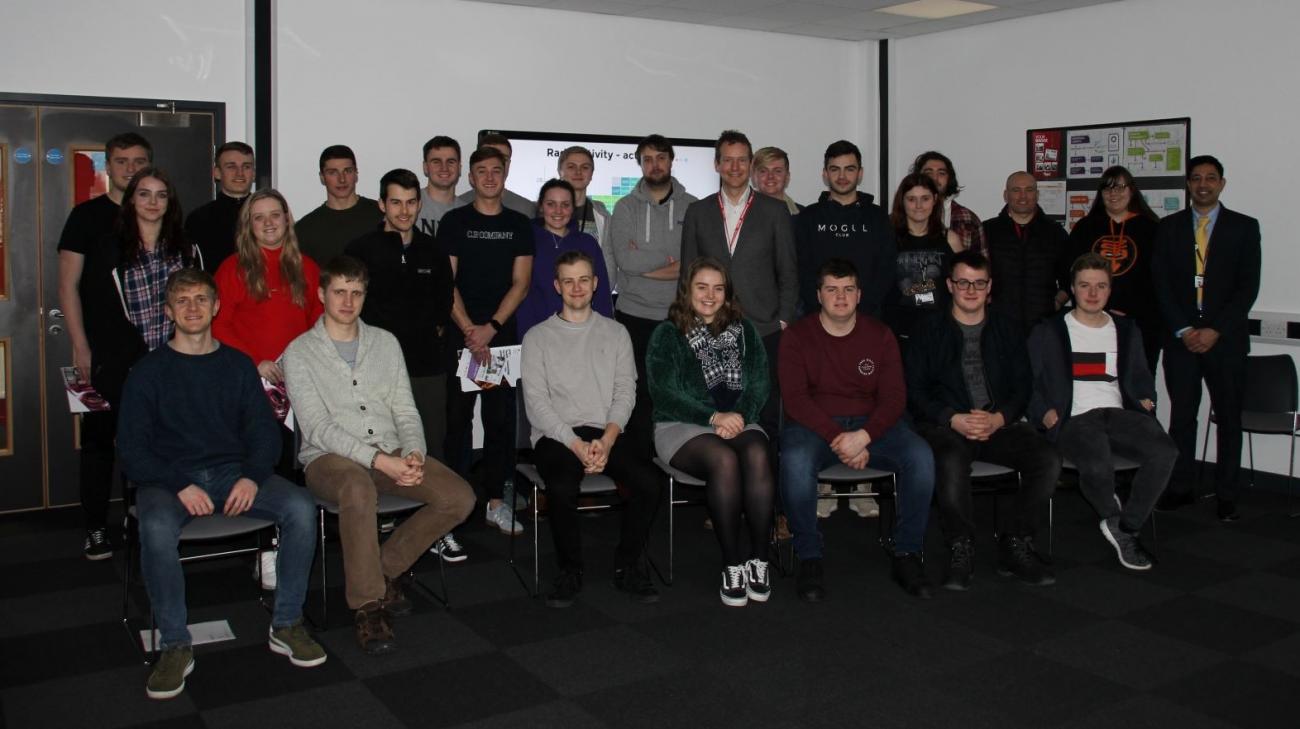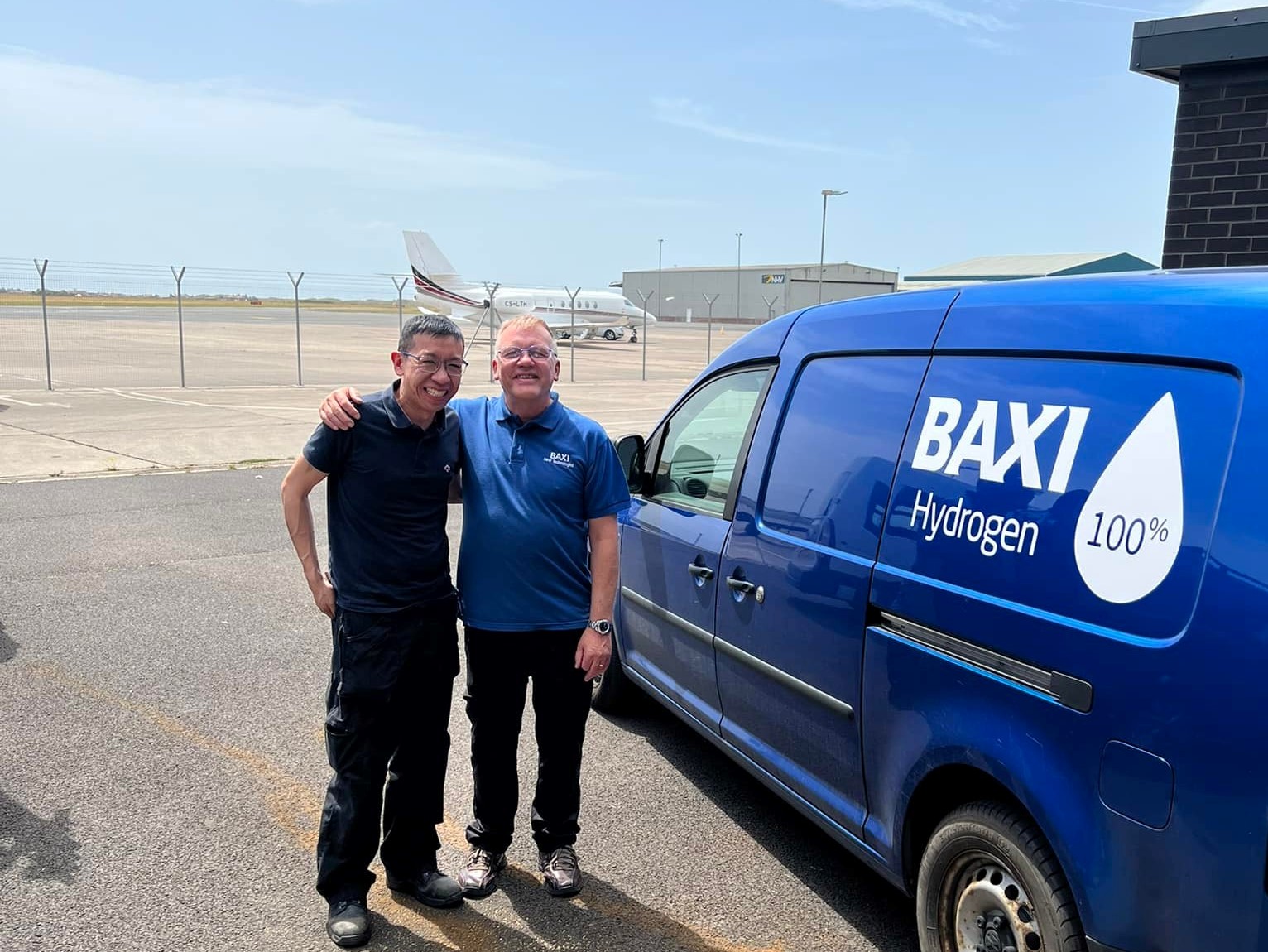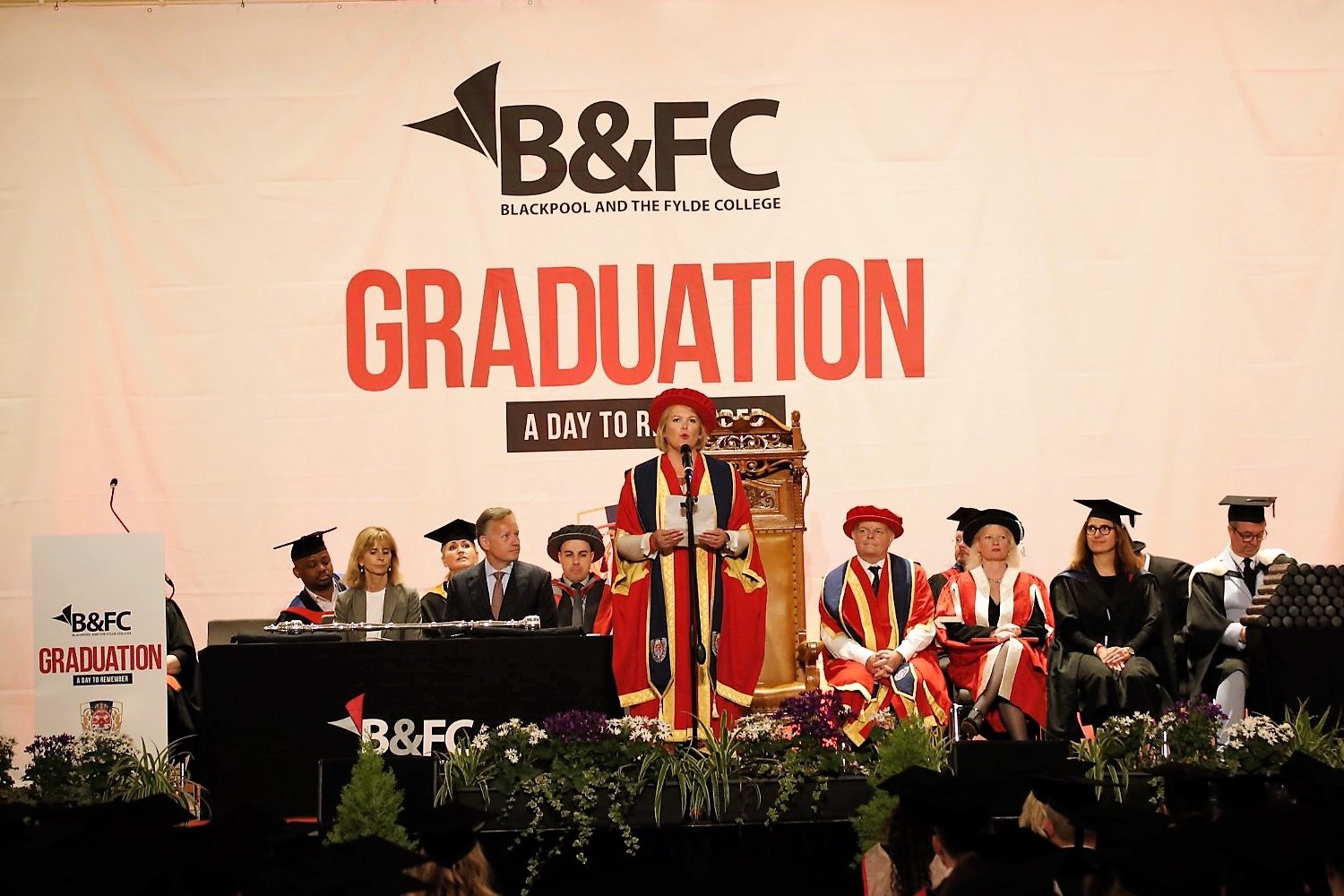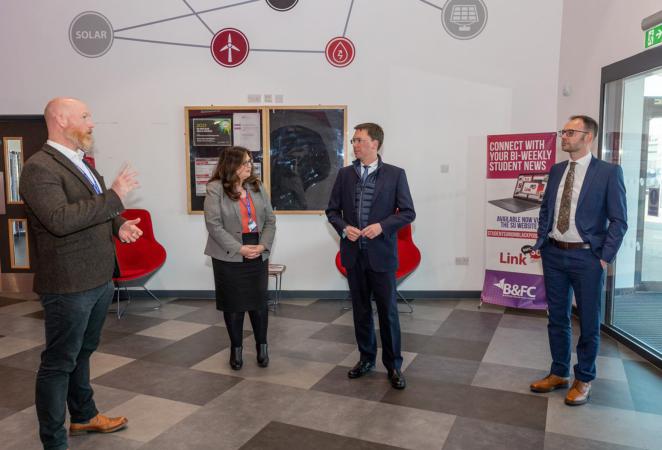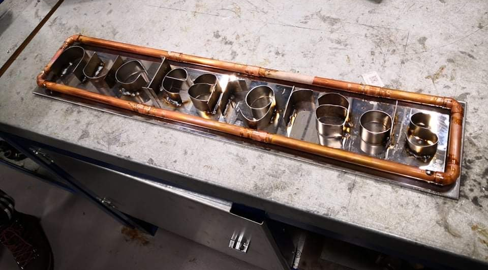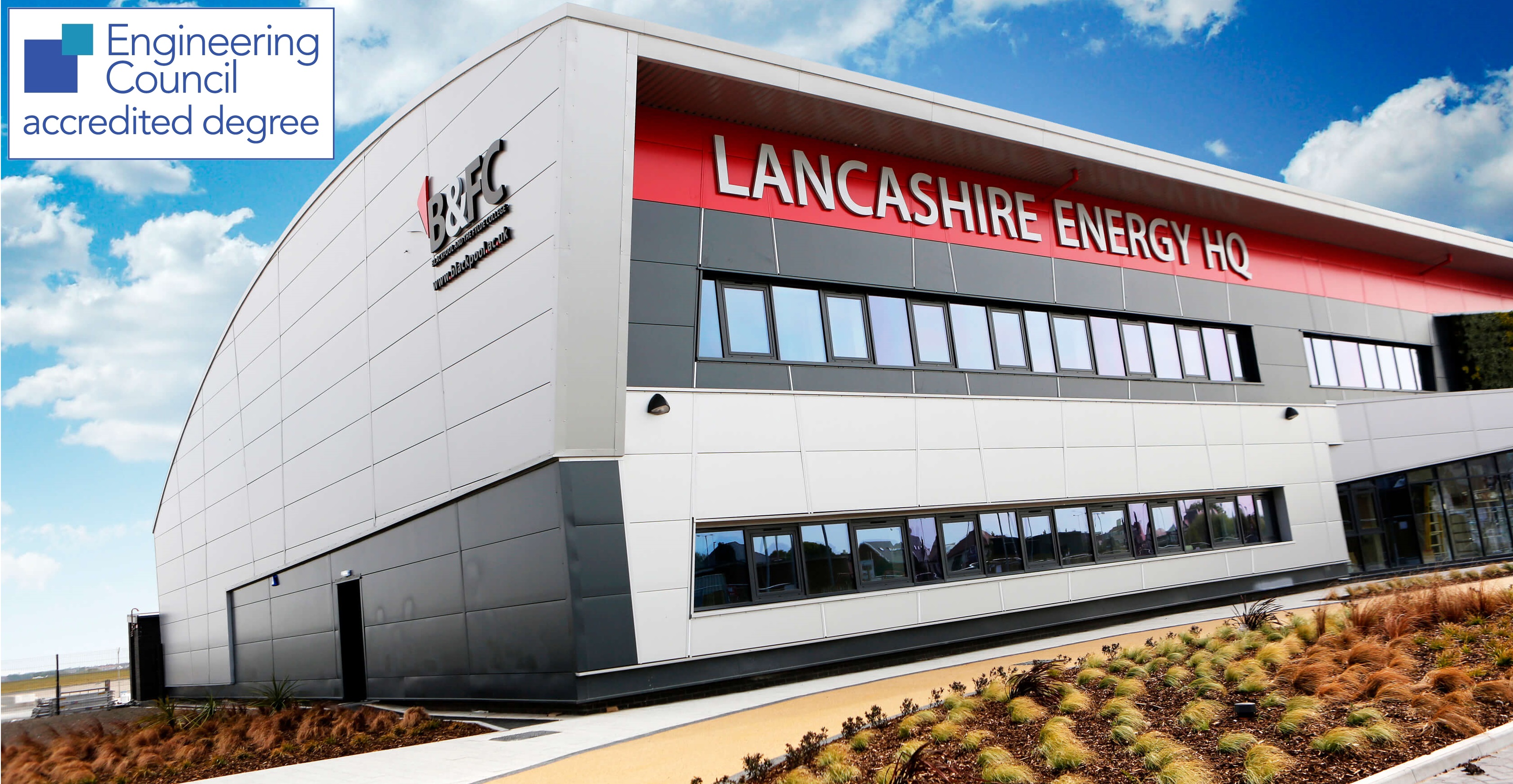Nuclear engineering apprentices from across the North West were recently able to learn from a leading scientist about the latest developments in nuclear fusion, a technology that produces energy in the same way as the sun and the stars.
Dr Jonathan Shimwell, a renowned expert in this field and Eurofusion Research Fellow at the Culham Centre for Fusion Energy in Oxford, part of the United Kingdom Atomic Energy Authority (UKAEA), was speaking at the Lancashire Energy HQ (LEHQ) on the Blackpool Airport Enterprise Zone.
His audience were students on the degree level Nuclear Engineering Apprenticeship programme at the recently opened LEHQ, which was built at a cost of £12.2 million and is a campus of Blackpool and The Fylde College.
Nuclear fusion has the potential to be one of the most efficient sources of energy in the future. It works on the same principles of physics that power stars and which create the enormous heat from the sun that travels over 90 million miles to keep our planet warm.
Now at an advanced stage of development towards commercial use, nuclear fusion is particularly attractive for offering high energy yields while delivering less air pollution and much reduced and less harmful nuclear waste.
Sikander Yasin, who leads the nuclear engineering programme at LEHQ, said:
“It’s very important that our students are kept abreast of the latest developments in the nuclear energy field.
“These are the men and women who will manage and maintain our nuclear facilities around the UK. When on our degree course at LEHQ they have access to some very advanced equipment such as our nuclear control room simulator. And they are tutored by highly qualified people with extensive experience in the nuclear industry.
“It’s a measure of the standing that LEHQ has achieved in less than two years that we are able to attract leading authorities like Dr Shimwell as a guest lecturer.”
Following his visit, Dr Shimwell described the LEHQ facilities as ‘outstanding’. He said that the centre is very impressive in terms of the eco-friendly design, which is most appropriate given the facilities focus on energy.
“What I found equally impressive is the careful thought that has gone into making the learning spaces flexible and adaptable to demand. Features like removable room dividers, portable work stations, overhead power plugs and large apertures to the outside space further enhance the versatility of the facility and future-proof the investment.
“The sheer variety of facilities currently available is outstanding,” he added. “I observed electronics, welding, plumbing and nuclear physics all being taught in very comfortable and appropriate environments.
“For me the real jewel was the nuclear control room simulator which was presented with pride by Sikander Yasin. The only thing that could improve the centre would be switching the electricity source to fusion power, but don't worry we are looking into that at UKAEA! In the meantime I was pleased that the building uses the next best thing with solar panels getting their energy from a very distant fusion energy source.”
Interest in the nuclear programmes at LEHQ is spreading fast. Later this year apprentices from the Office for Nuclear Regulation will enrol on the engineering degree course, something that Sikander Yasin sees as a significant endorsement of the quality of the training and teaching provided.
